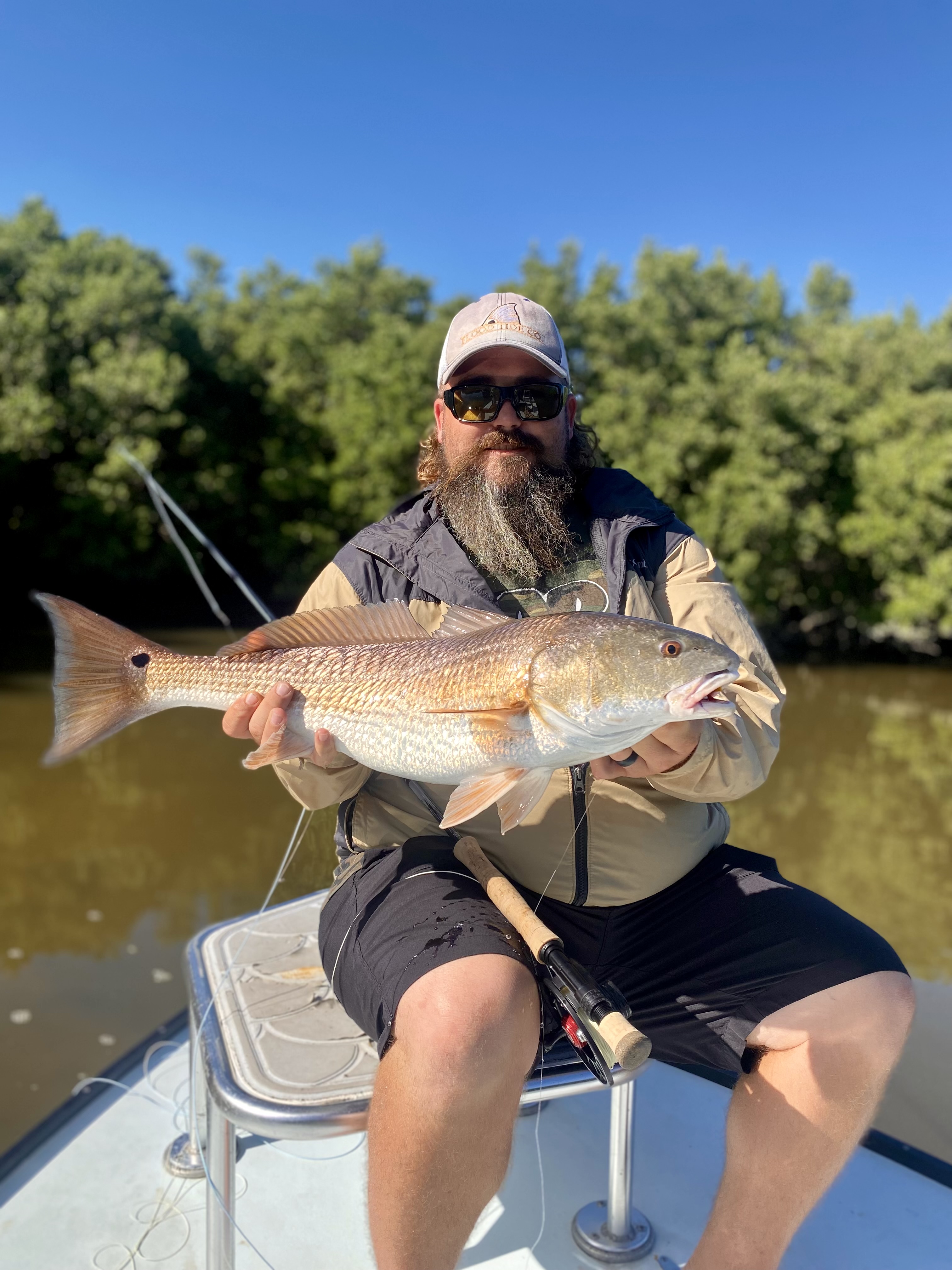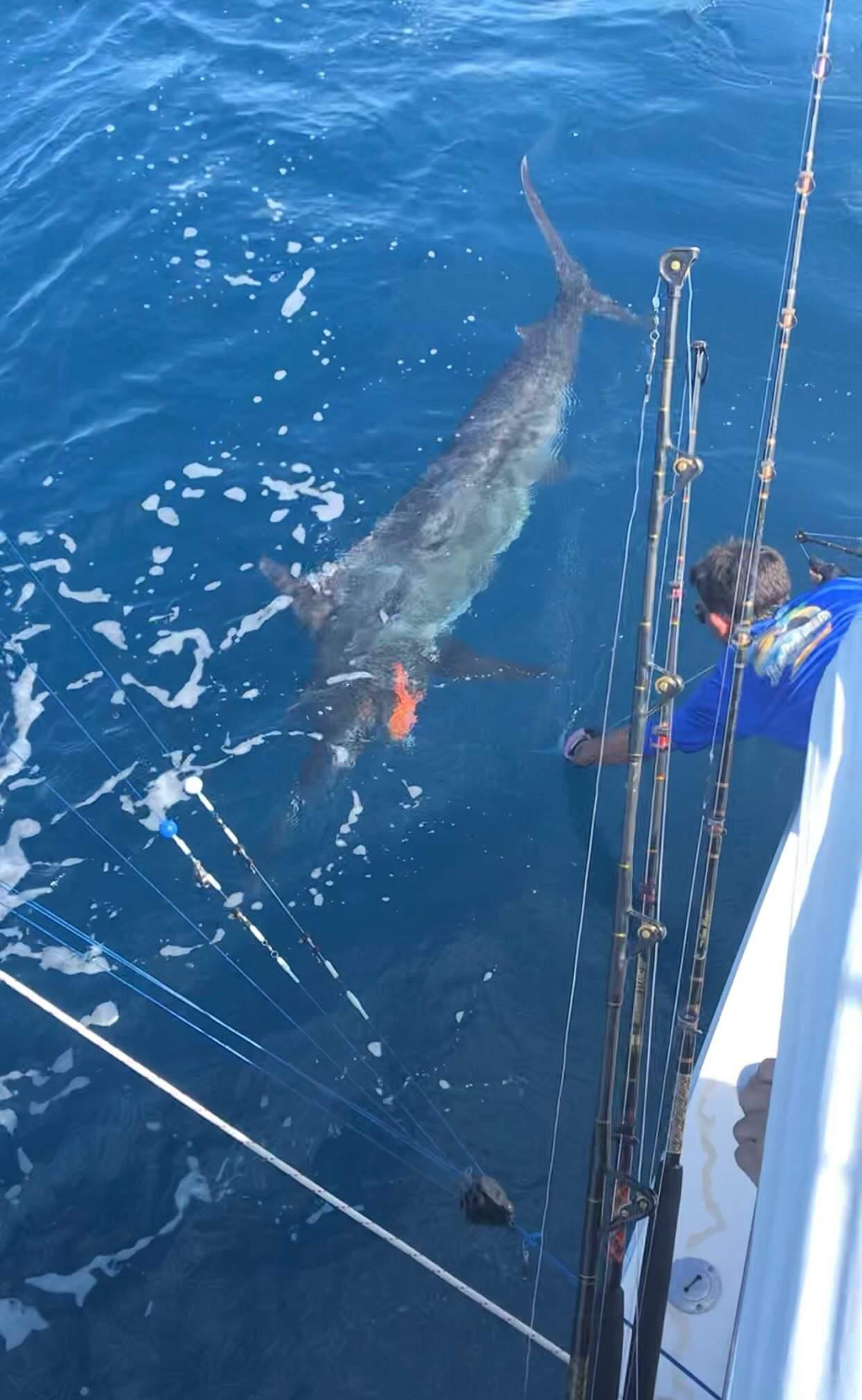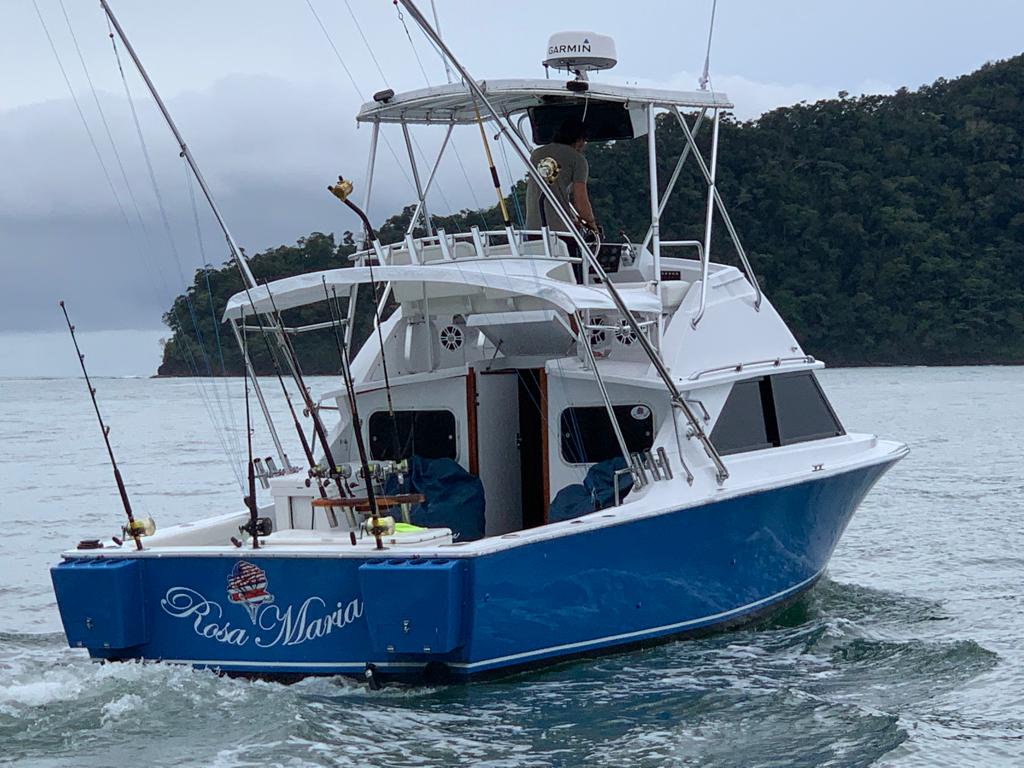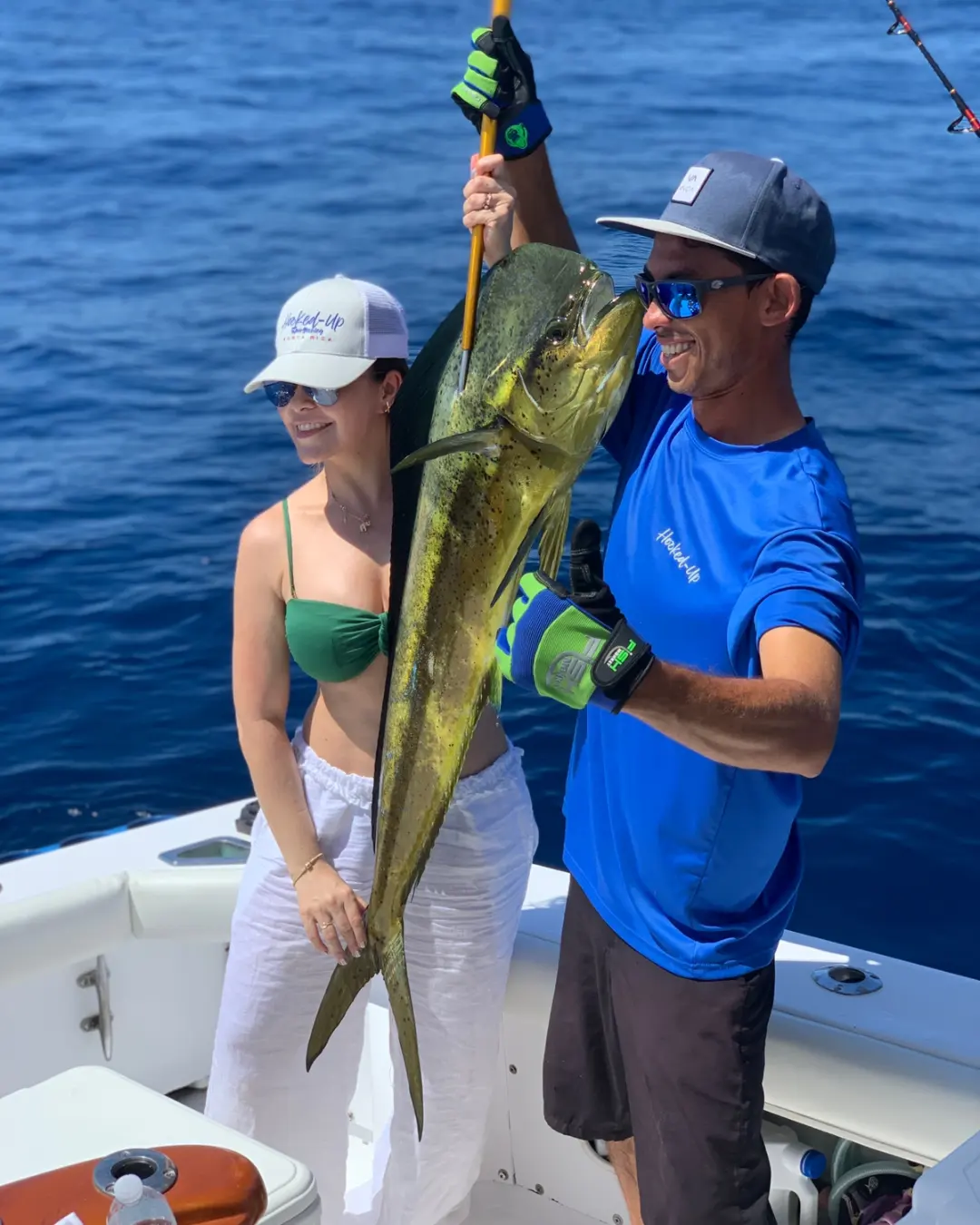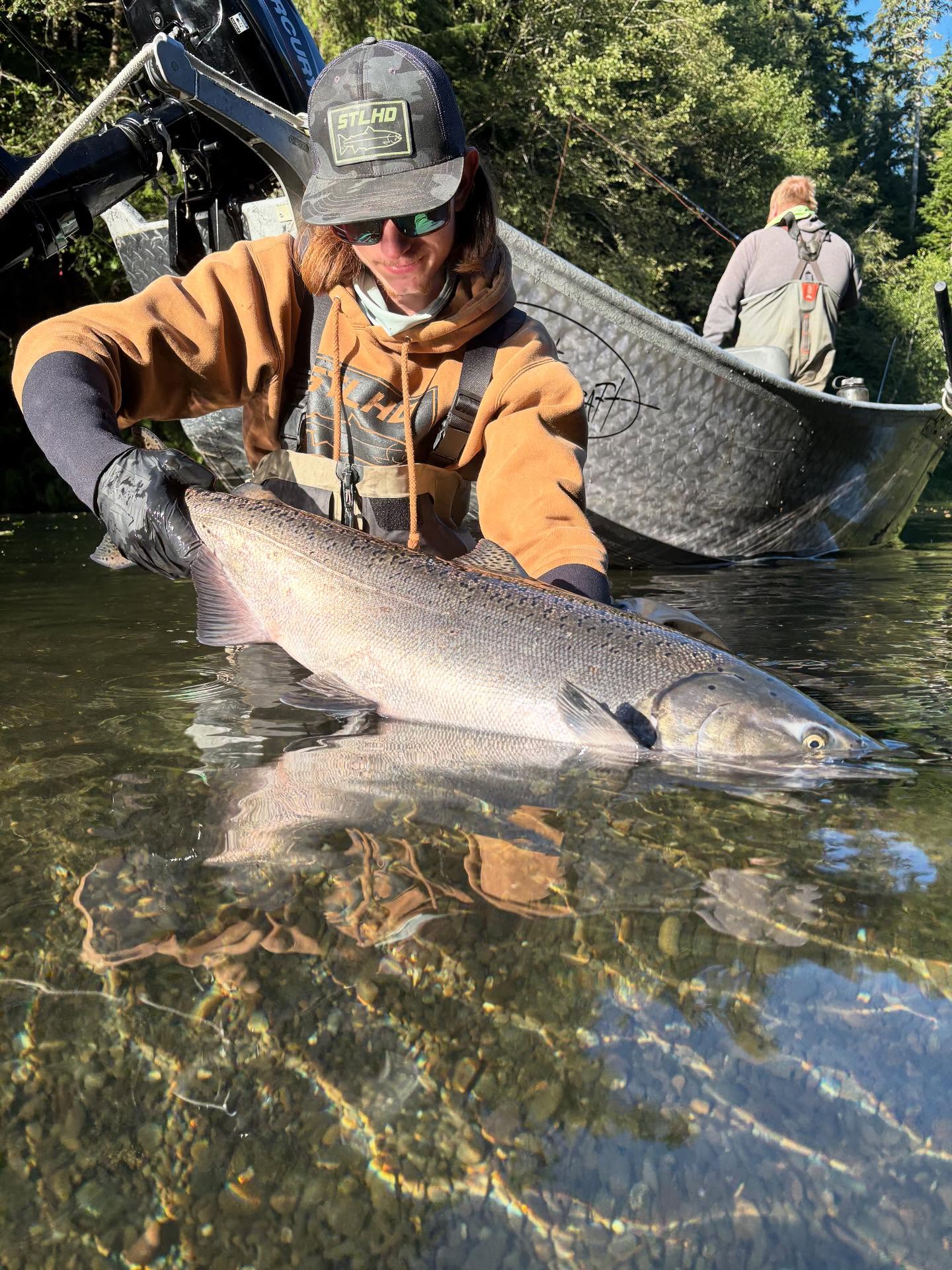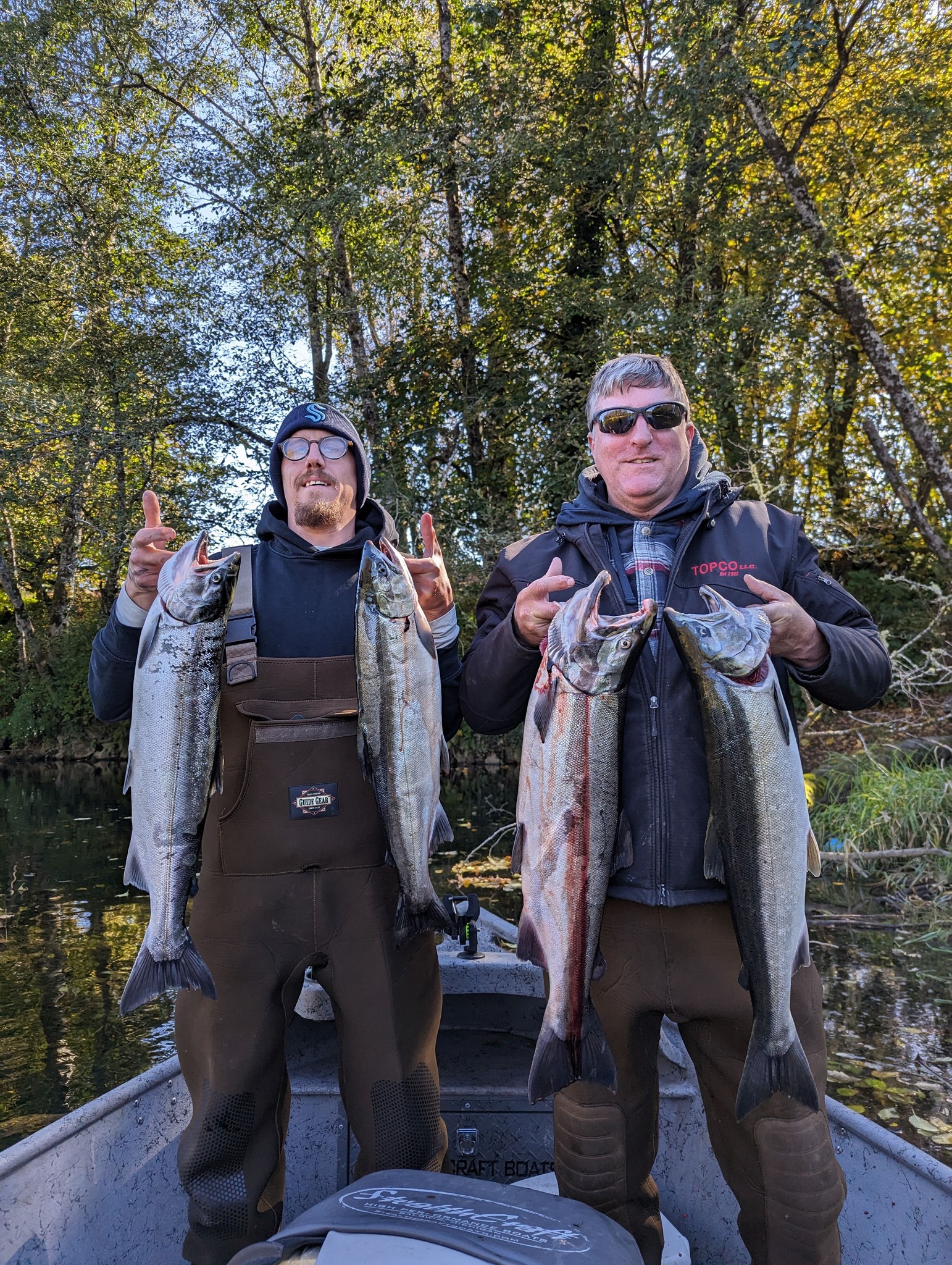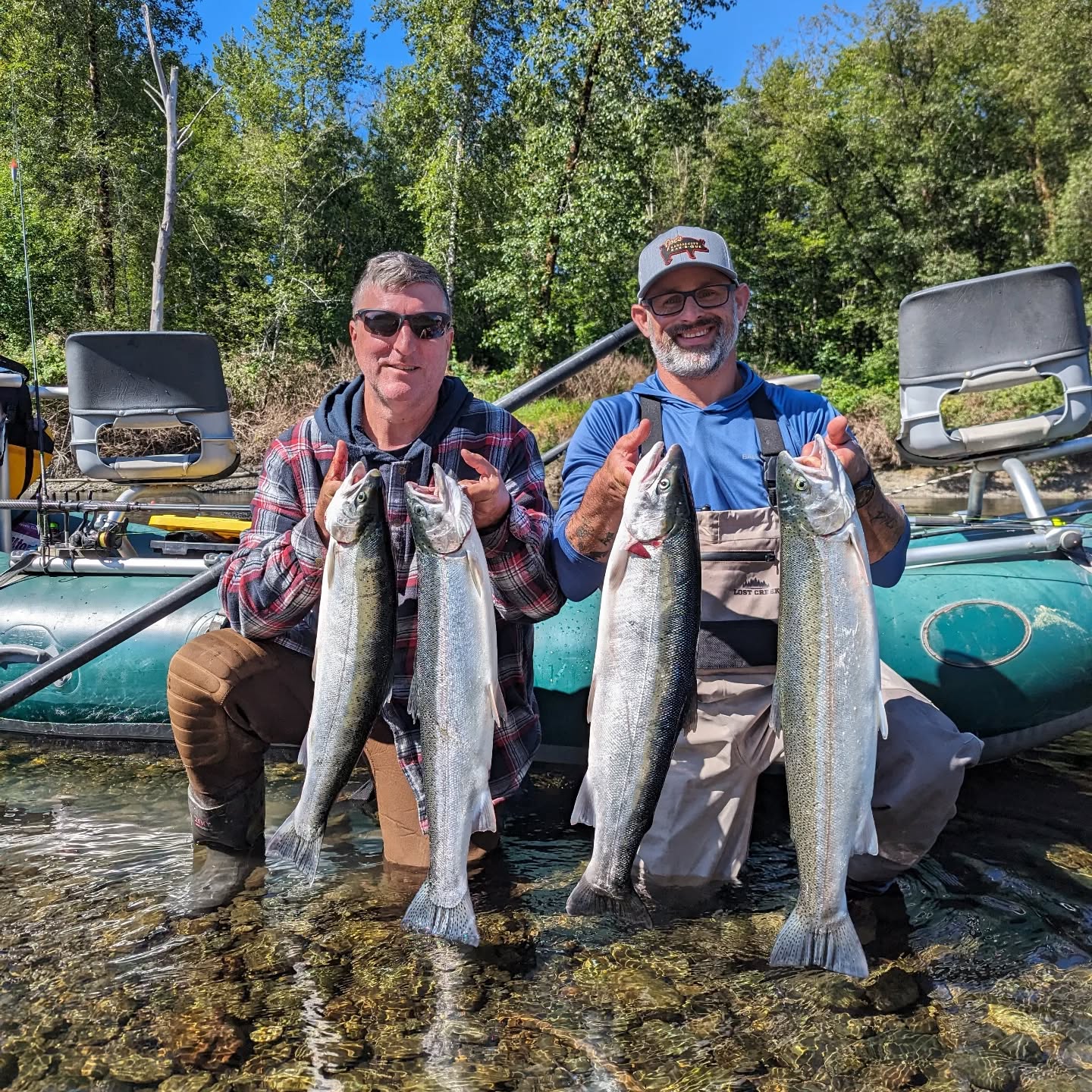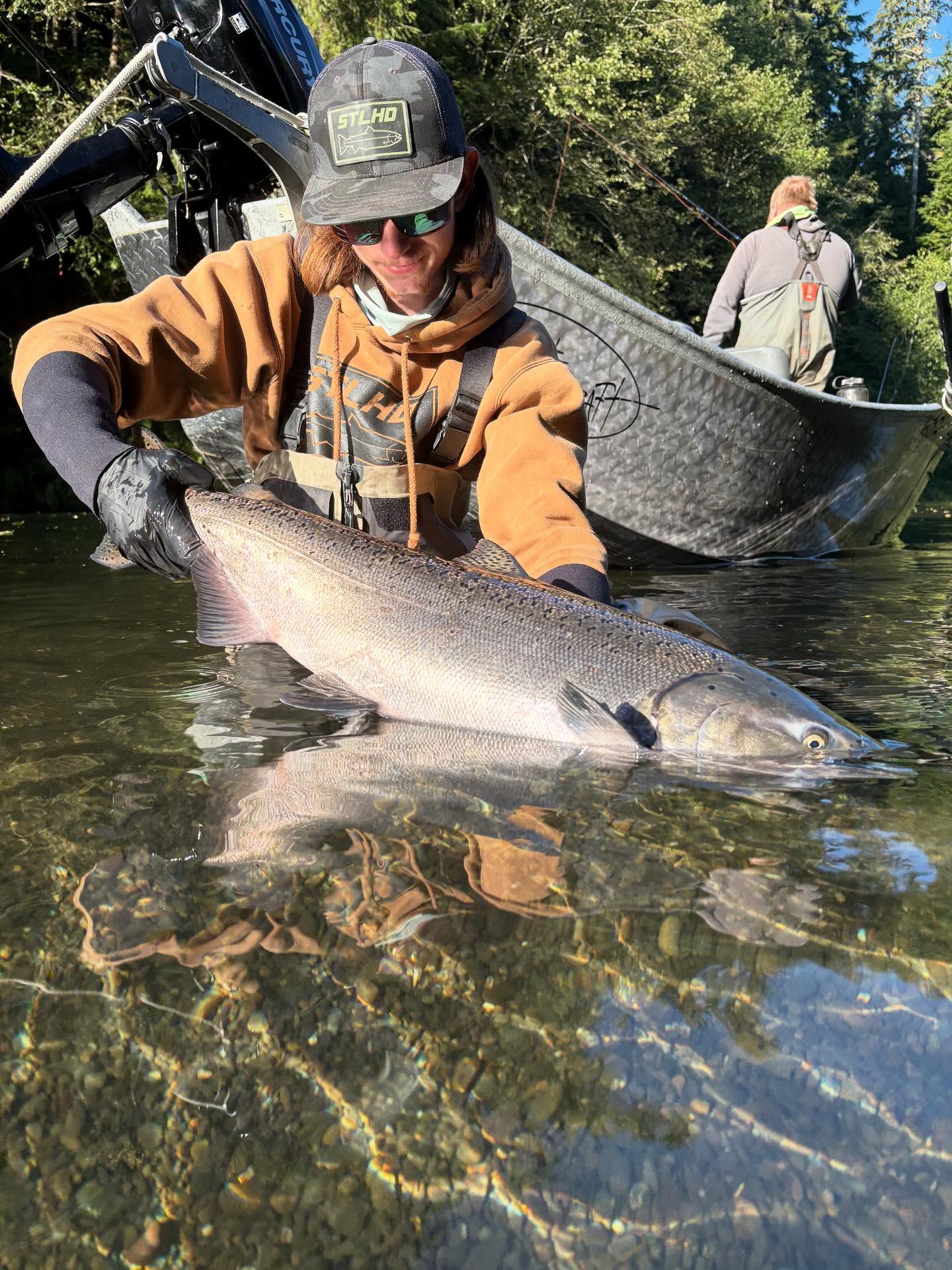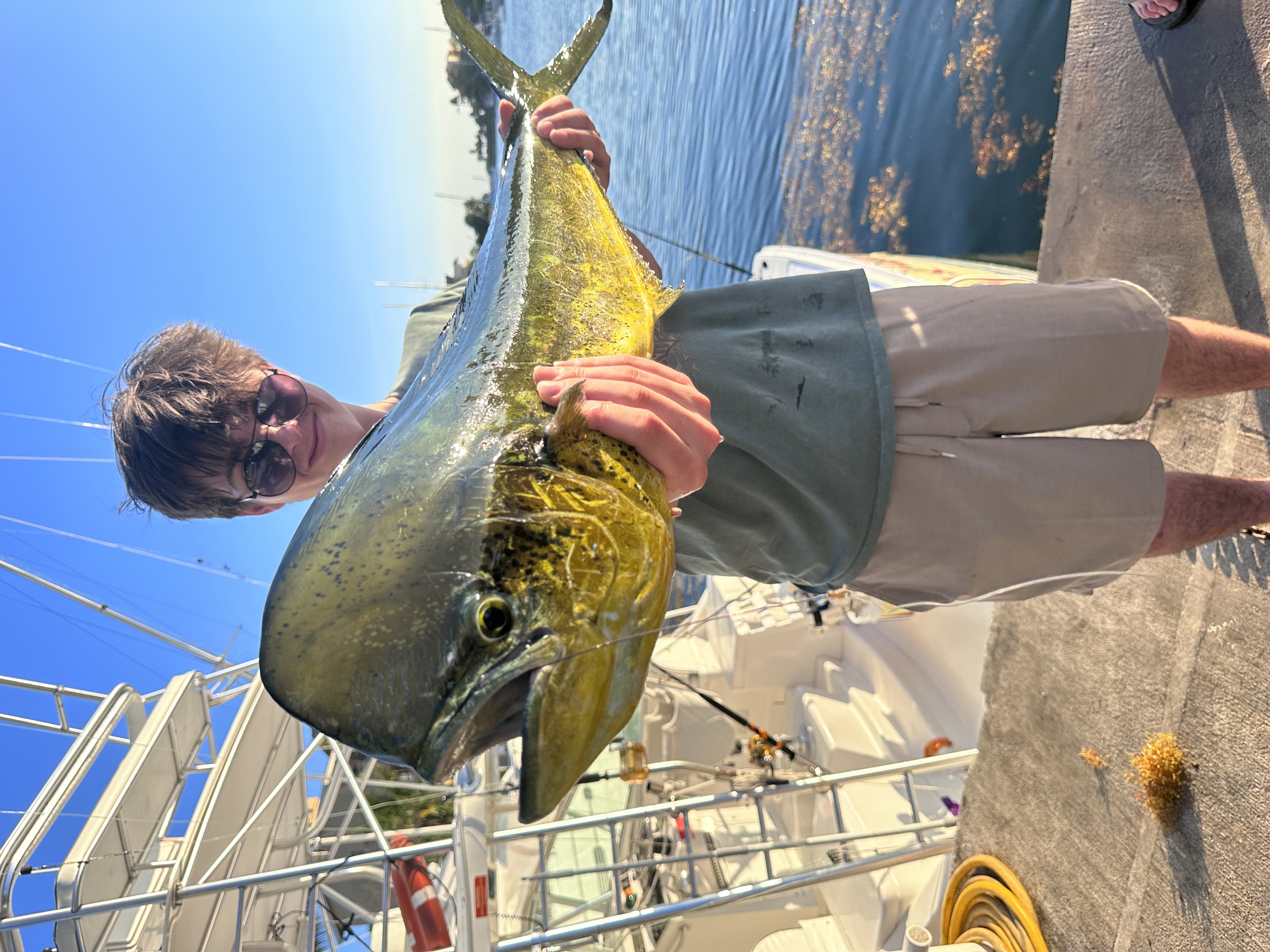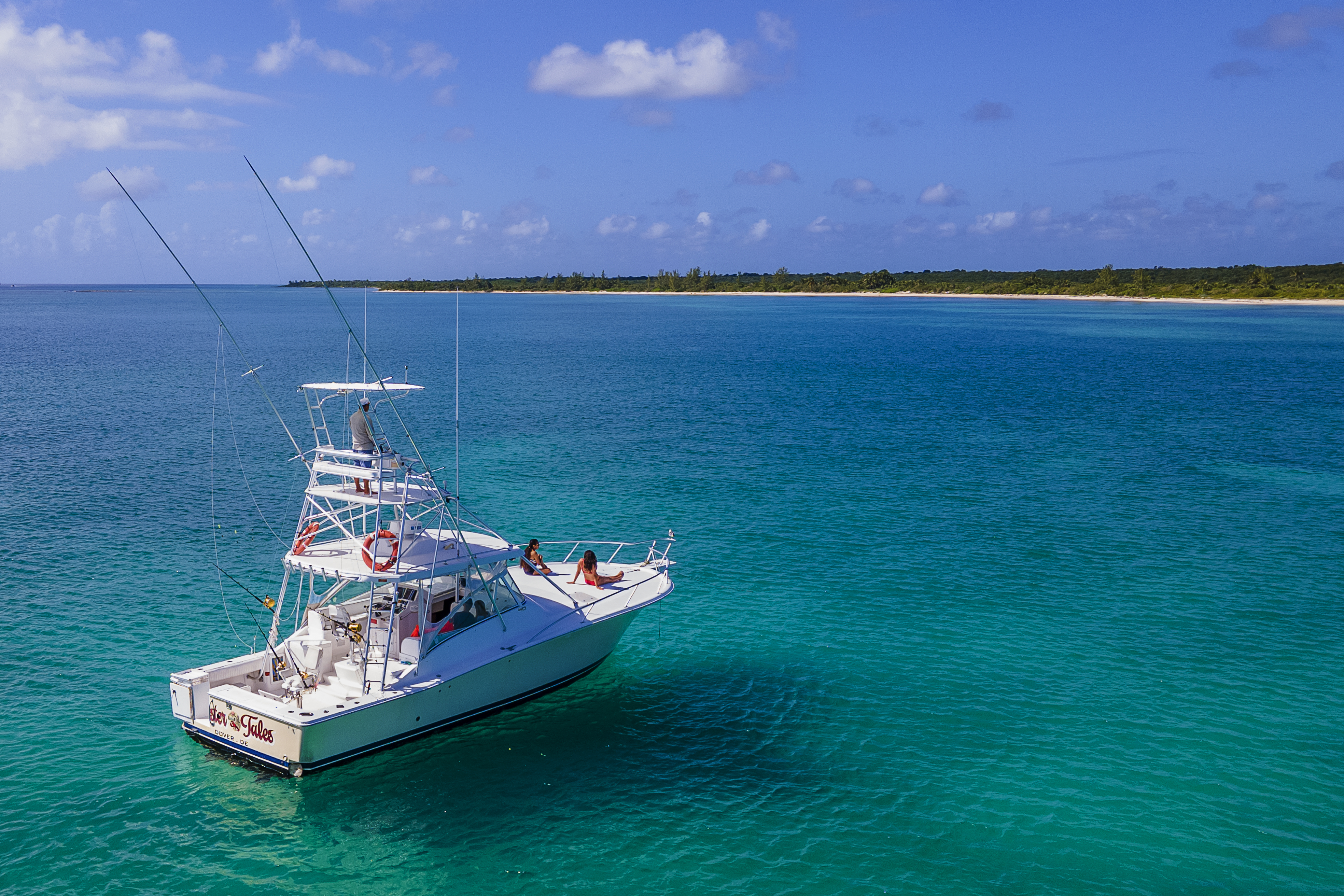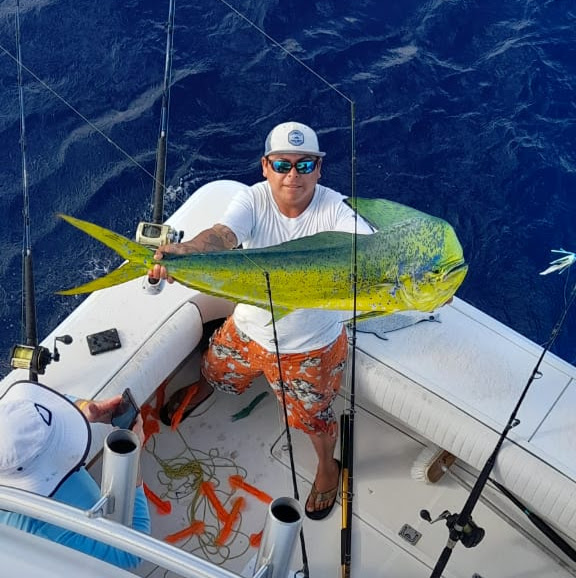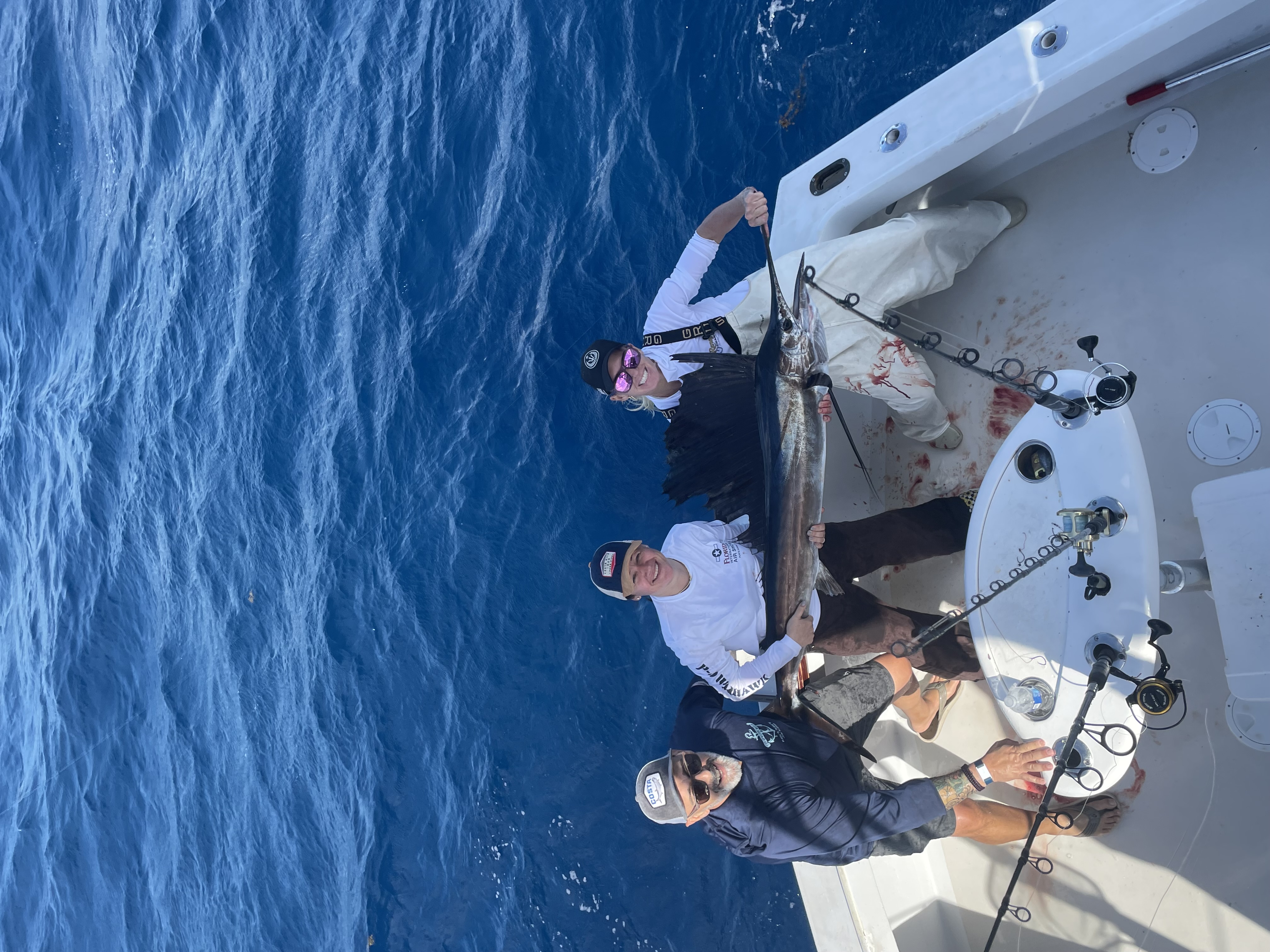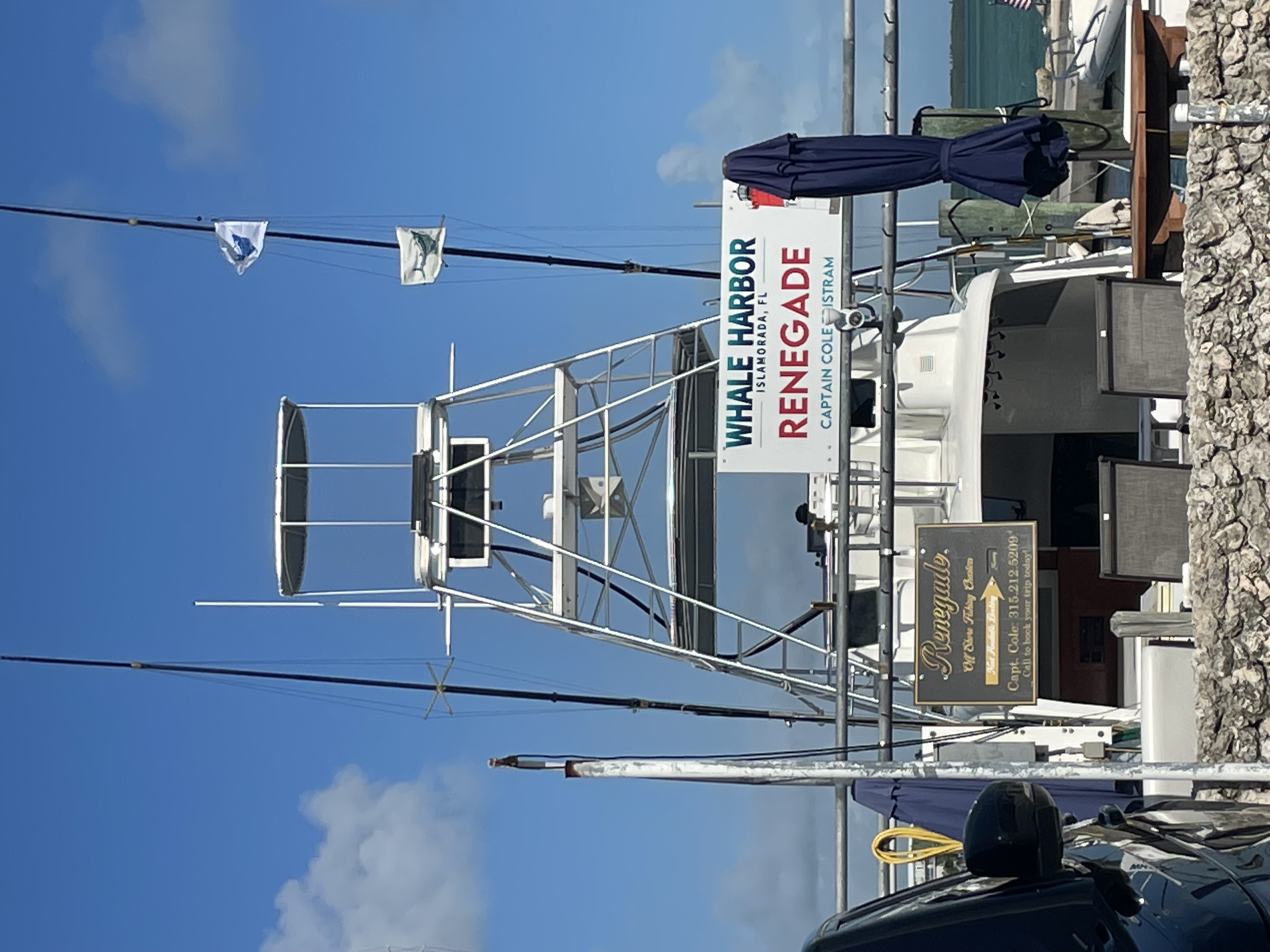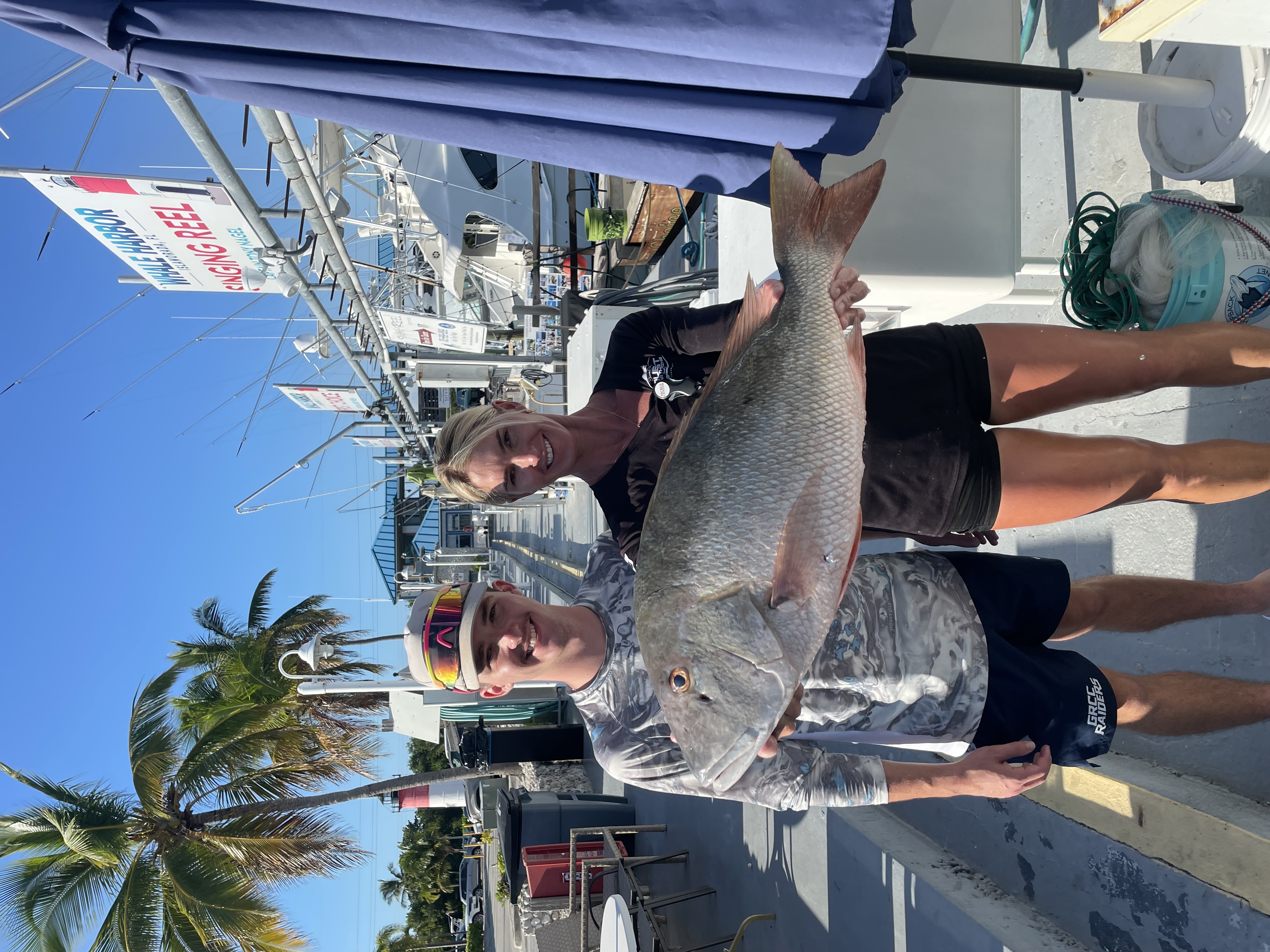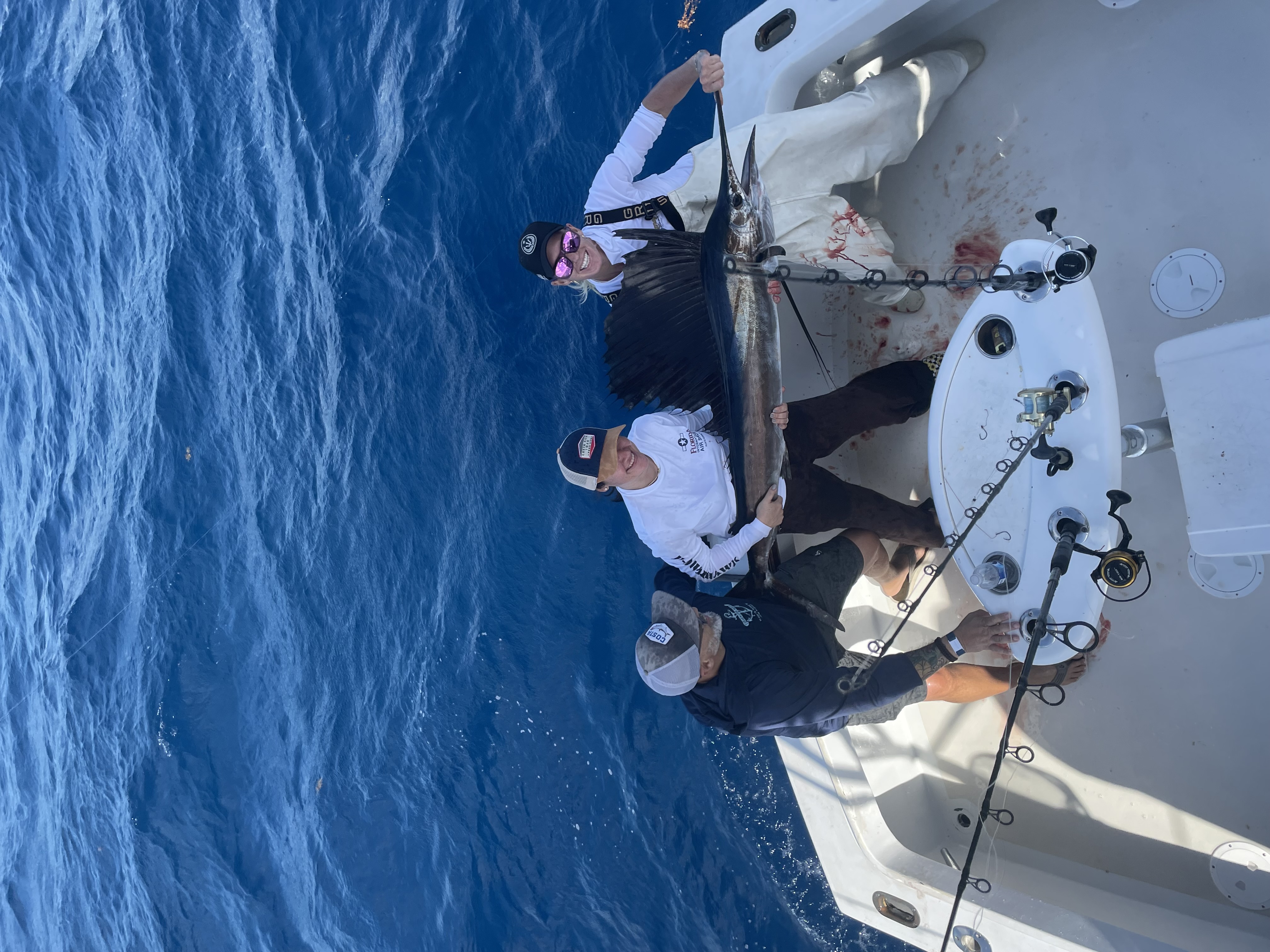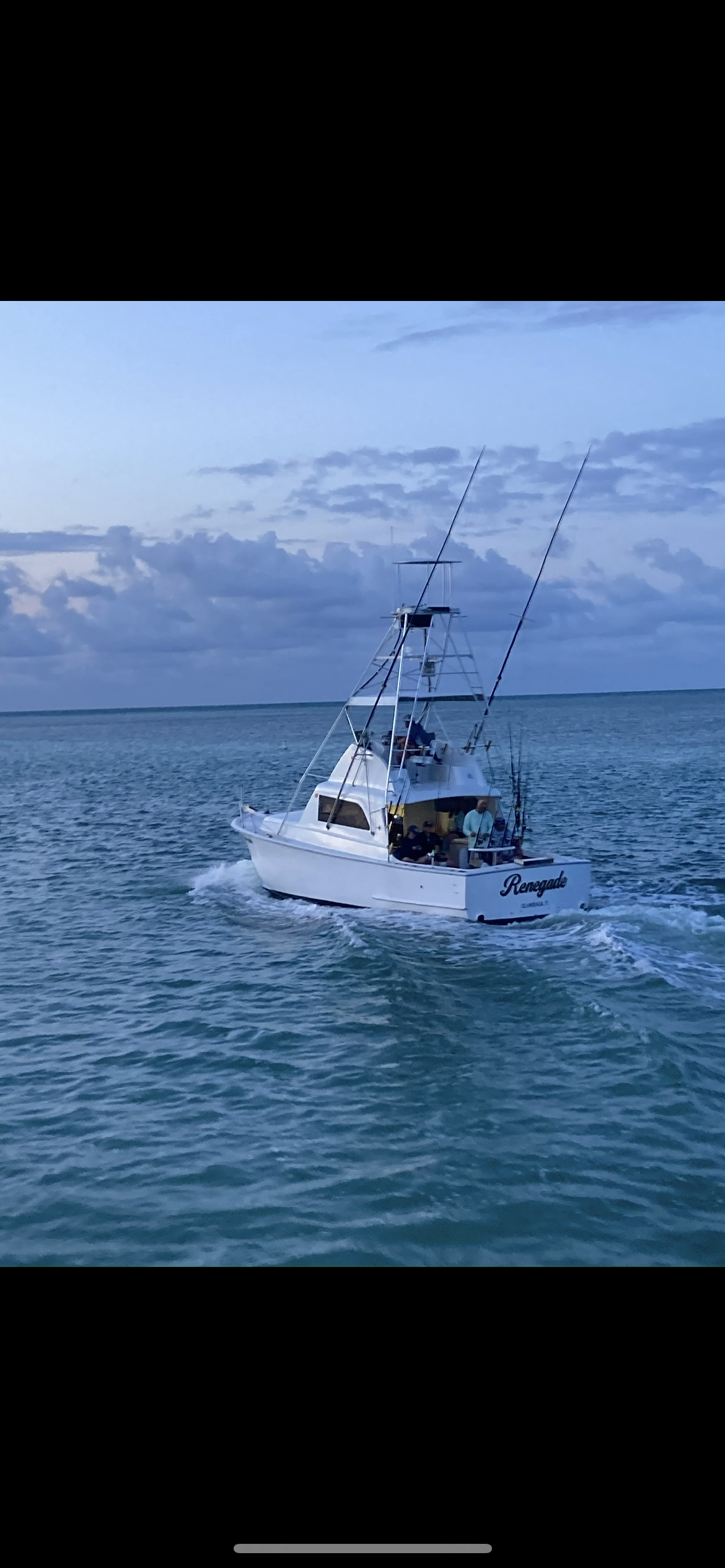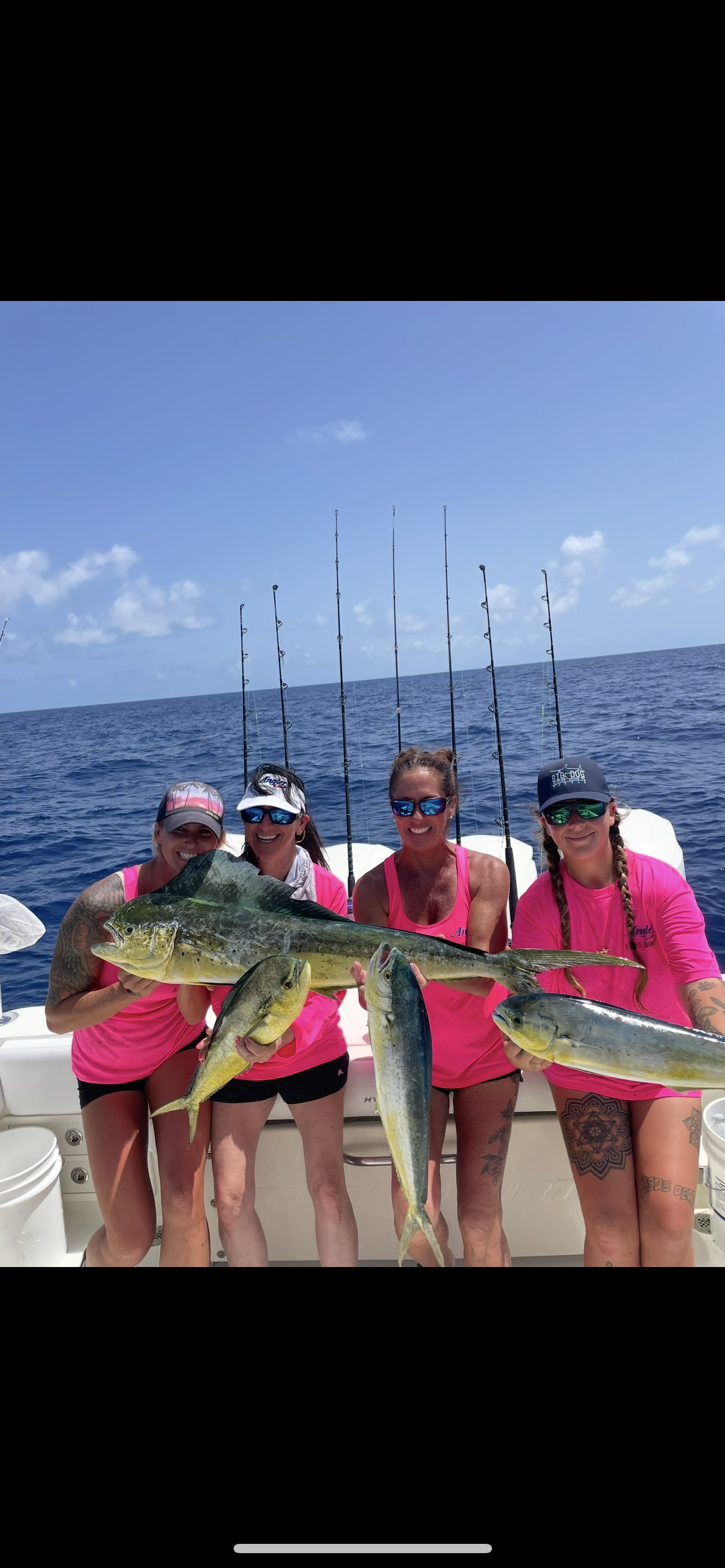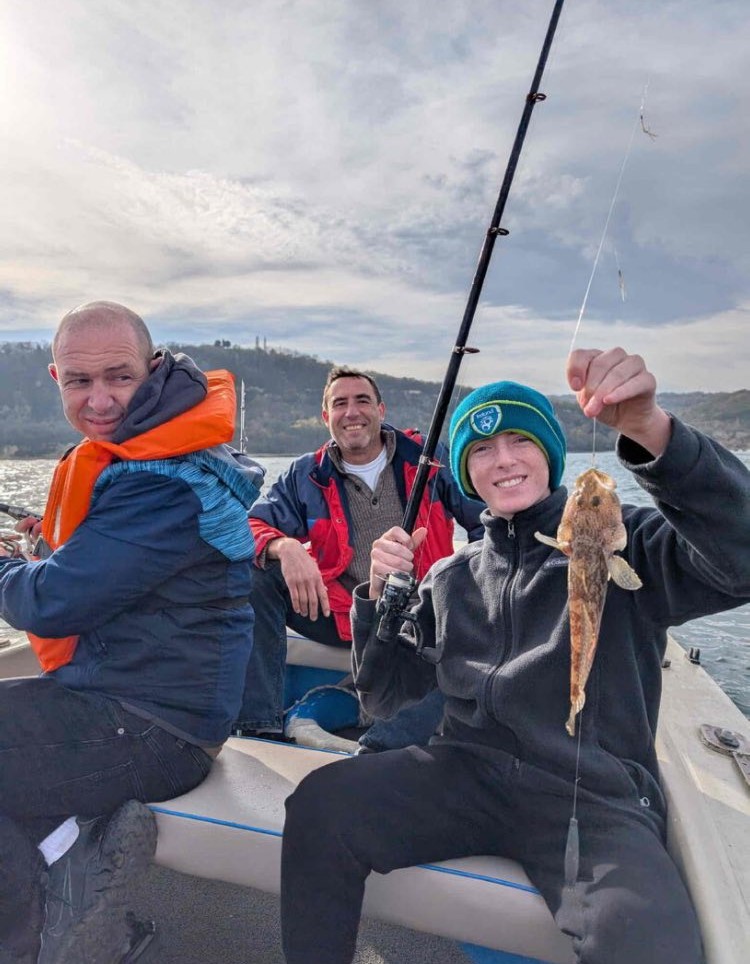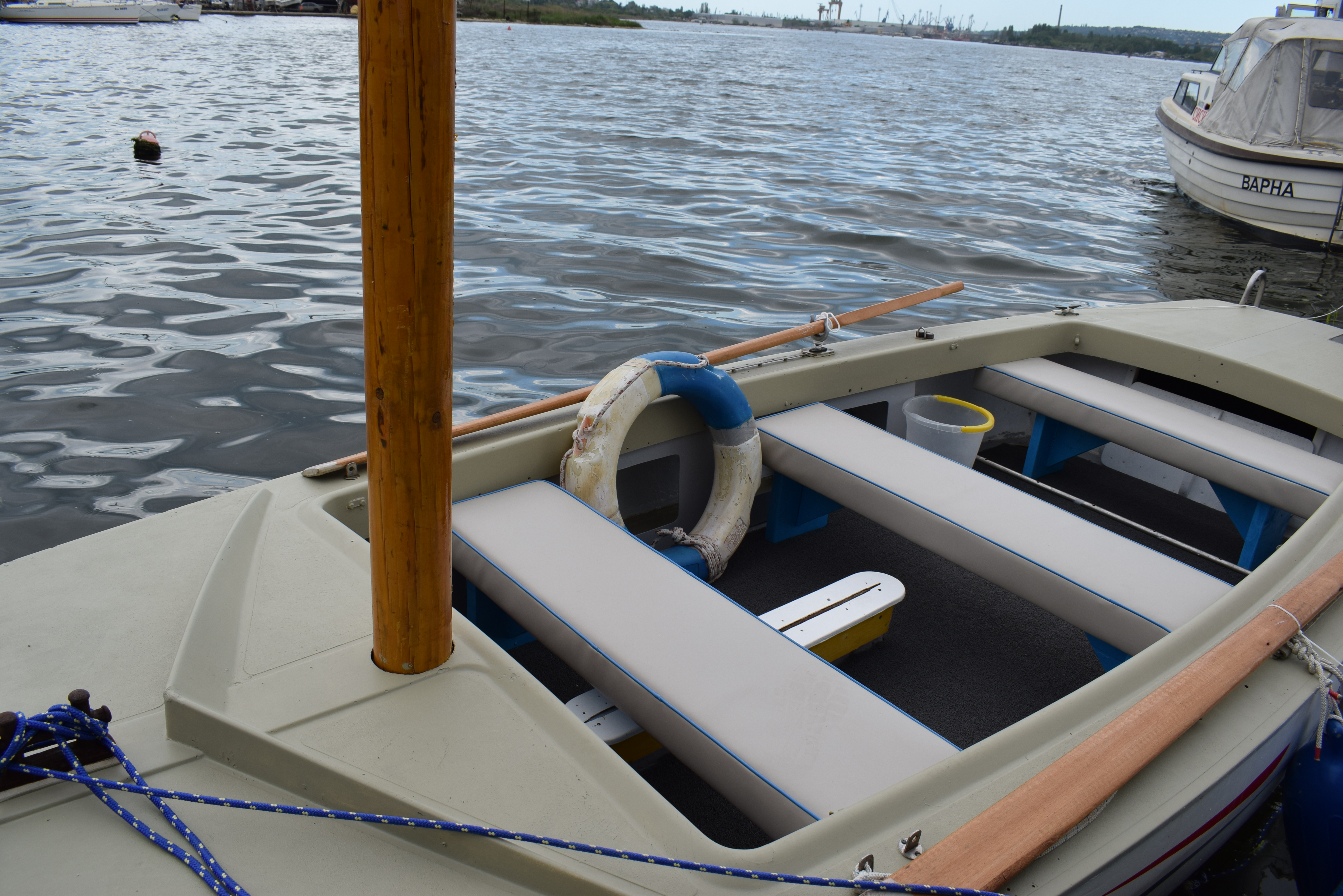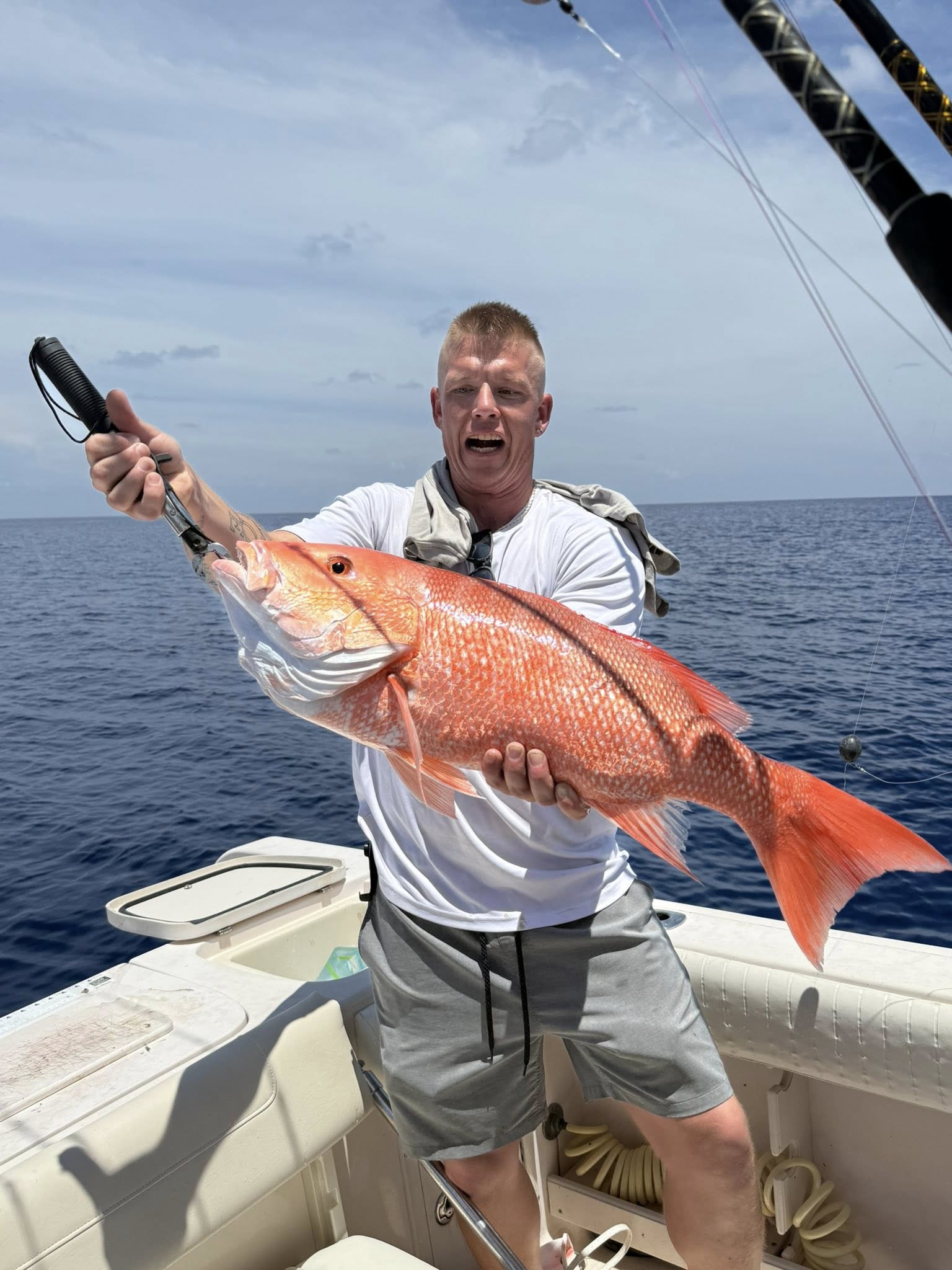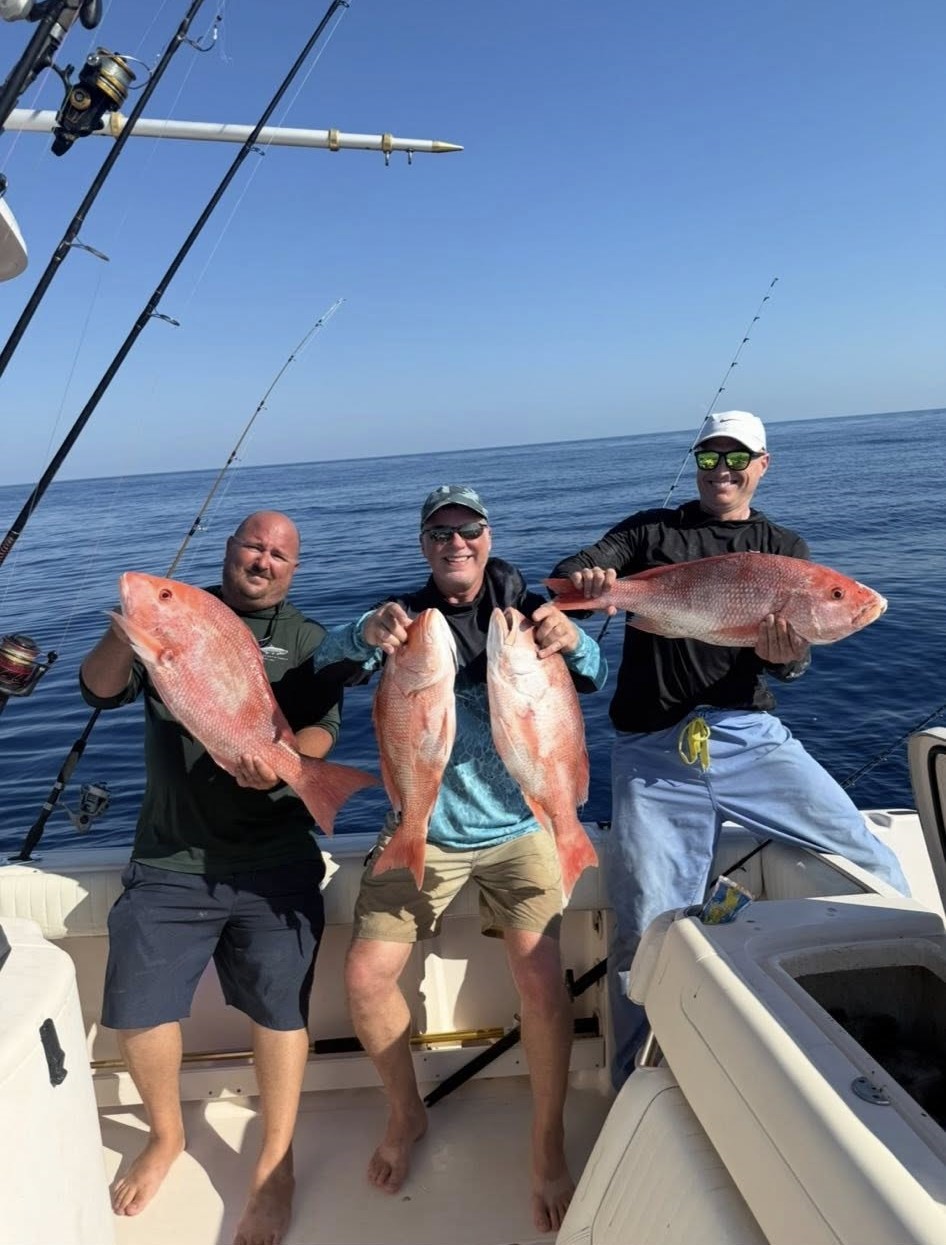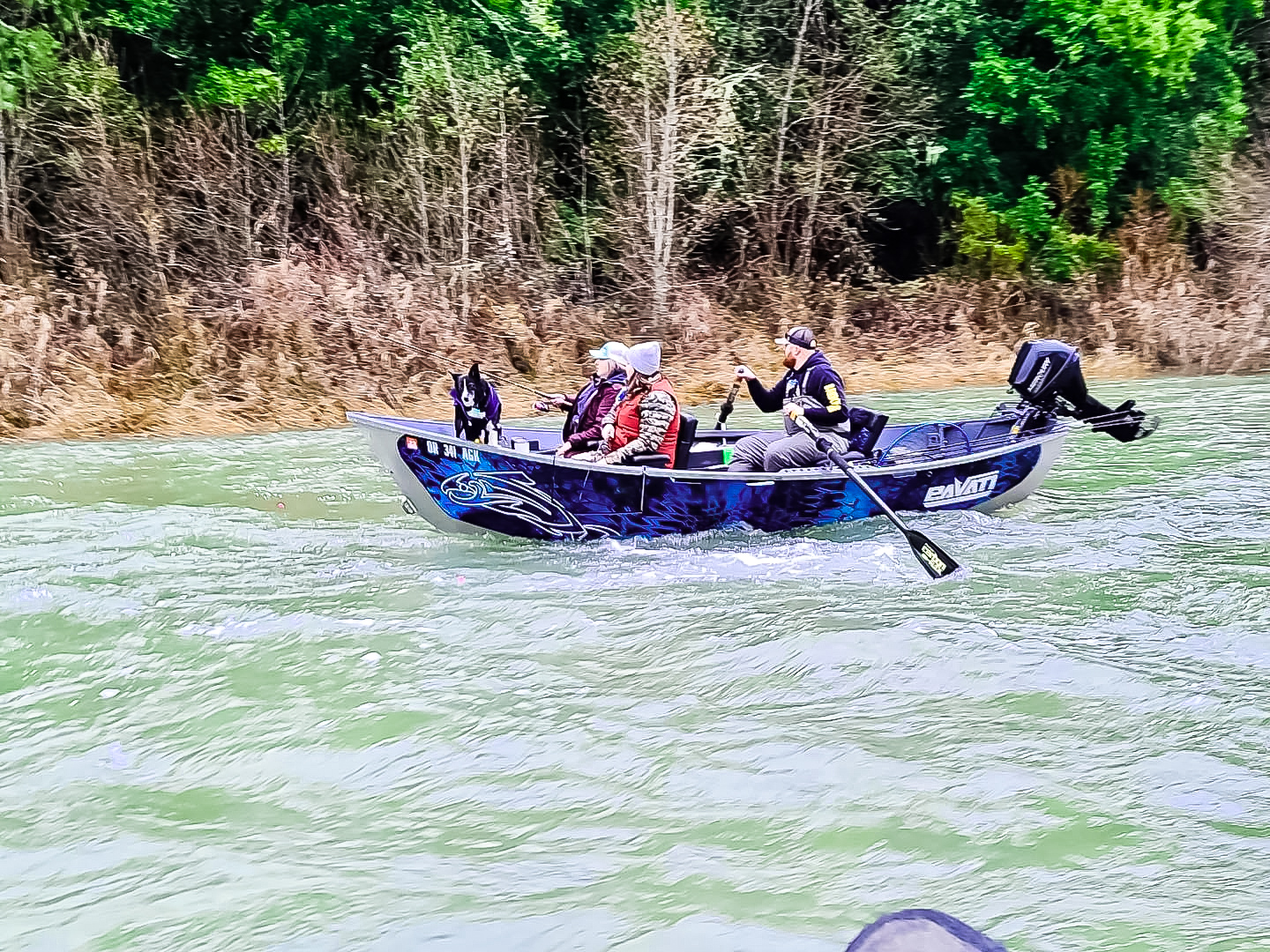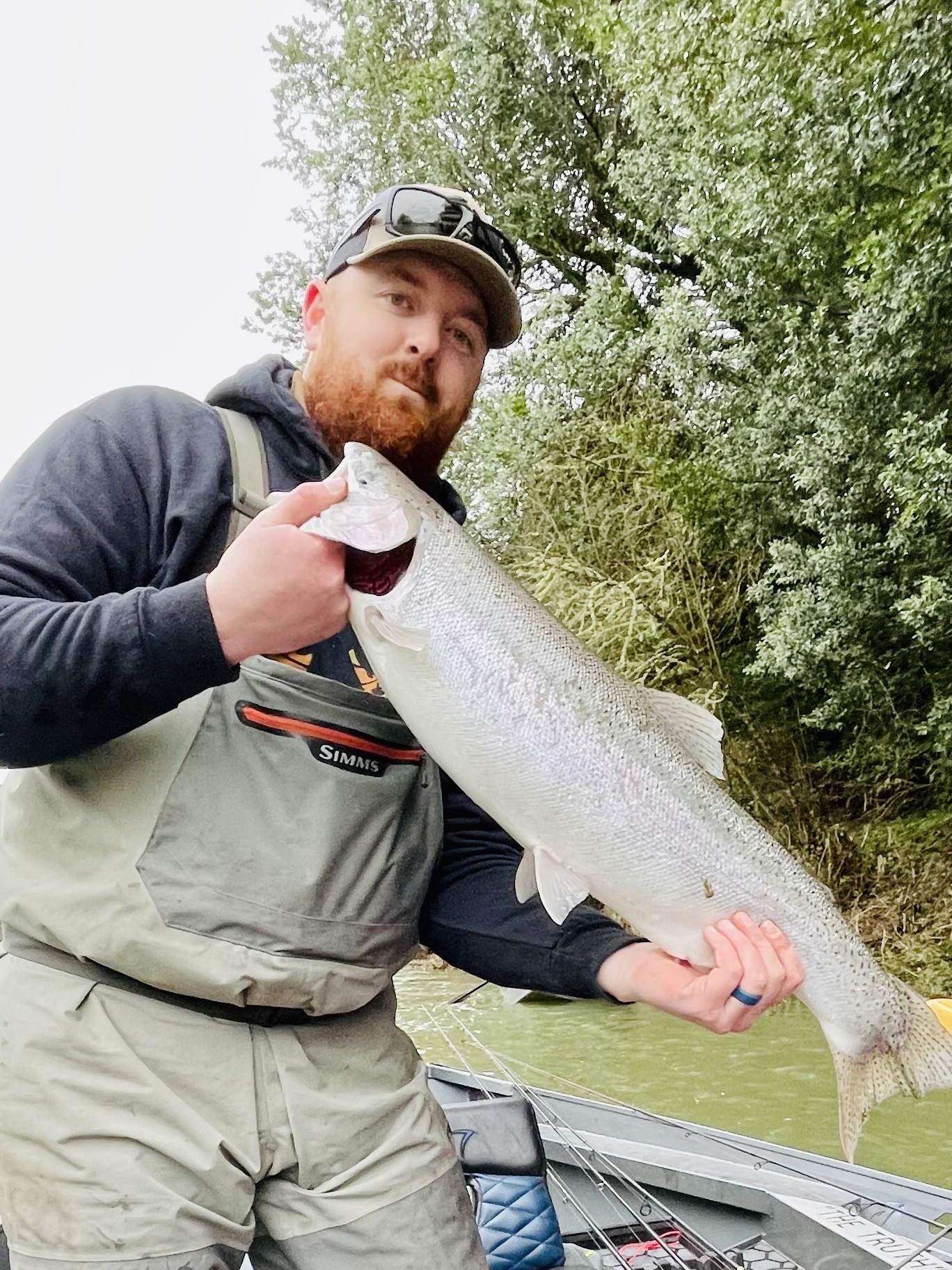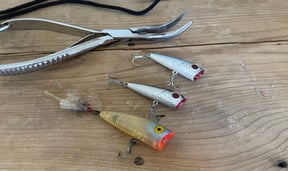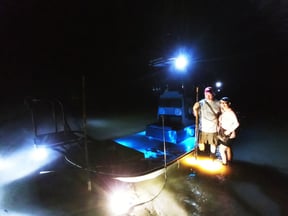Inshore, Flats Fishing in Pineland
Fly Fishing Pineland
Deep Sea Fishing in Playa Herradura
Full Day Offshore
Salmon Fishing Trip
Steelhead Fishing Trip
Deep Sea, Nearshore Fishing in Puerto Aventuras
Fishing Charter, Puerto Aventuras
Deep Sea, Nearshore Fishing in Islamorada
4 Hour Half Day
Deep Sea, Nearshore Fishing in Islamorada
6 Hour 3/4 Day
Black Sea Trips
Deep Sea, Nearshore Fishing in Sarasota
Red Snapper December Re-Open
Winter Steelhead
We started Captain Experiences to make it easy to book fishing and hunting guides around the world. With over 2,000 Damn Good Guides, our platform makes finding and booking a trip seamless. Head here to check out our trips.
The Coronado Islands (the actual set of 4 islands off the coast of Tijuana and Rosarito, not the imposter island located in San Diego Bay) are one of the best fishing destinations in Southern California / Northern Mexico. Home to fantastic populations of yellowtail and white seabass as well as tuna or wahoo in the surrounding waters if you’re lucky, there could not be a more primetime place to catch dinner. But while you can still fish the waters around the islands the land itself is currently off limits by order of the Mexican government to all visitors, mainly due to criminal activity on the islands that has continued for well over 100 years. The story of the islands and their history is almost more entertaining than the fishing itself…almost…
Early Coronado Islands History
The Coronado Islands are a cluster of 4 islands off the coast of Rosarito, MX that are about 7 miles from the coast (but still visible as you are driving down the scenic highway 1 down Baja). They are about 15 miles south of San Diego itself and a short boat ride out.
They were originally discovered in 1542 by Juan Rodriguez Cabrillo who referred to them only as “desert islands”, despite the islands containing a number of exciting wildlife species, not least the fish. Cabrillo would go on to be the first western explorer to travel up the California coast, and would die later in that same voyage after tripping and cutting his shin on a rock, leading to infection.
The islands were then named the Coronado Islands by Sebastian Vizcaino in 1602 when they were sighted on his mission up the coast. He named them Los Coronados (“the crowned ones”) after four martyred saints of Rome who had died on November 8th, the same as the day he discovered the islands. Vizcaino would go on to establish relations between Mexico and Japan and brought multiple delegations from Japan back to Mexico.
No westerners would come to the area again until the Spanish returned on the Portola-Serra land expedition in 1769 and established a mission in San Diego.
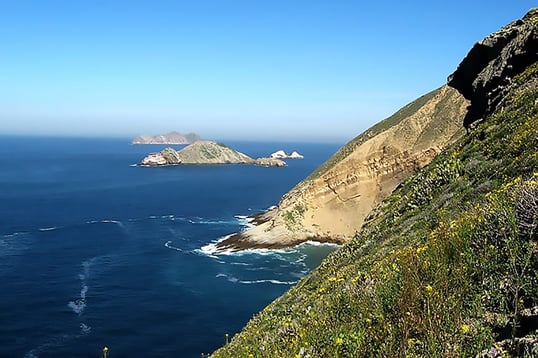
An aerial view of the Coronado Islands. Source: bdoutdoors.com
The Coronado Island Pirates
The islands were said to be frequently used by pirates in the 19th century. Due to the fact that there is no fresh water on the islands, they were uninhabited, and pirates would use the cove (called Pirate’s Cove) on the south island to regroup.
A pirate named Jose Arvaez was the most famous, and arrived in San Diego after Mexico started deporting convicts there in the 1820s. He quickly gathered a crew of both convict friends and veteran pirates from the crew of Jean LaFitte (the founder of Galveston, Texas). Arvaez escaped the eye of the Mexican government for a long time because he would scuttle ships and had a policy to take no prisoners, meaning most ships were considered lost at sea.
Arvaez’s undoing was a cabin boy named Tom Bolter who convinced the crew he had always dreamed of becoming a pirate. They spared his life, and he promptly turned them in, with the result being that the crew was hanged from their own ship in Pirate’s Cove. There are rumors that plenty of treasure is still located hidden on the Coronado Islands, but finding it will be difficult given no one is allowed on the islands aside from a small outpost of guards.
The Coronado Islands and Chinese National Smugglers
During the late 19th century and into the early 20th, the Coronado Islands were used as a stopping off point to smuggle Chinese Immigrants into the United States.
The practice was halted abruptly when 10 Chinese nationals were found starving and dehydrated on the South Island of the Coronados in 1911. Their San Diego smugglers had left them there and supposedly forgotten about them and did not return to pick them up. Unfortunately for them there were political implications of picking them up, and they were thrown food and water for a short while before eventually being taken back to Ensenada, MX where they had started the journey in the first place.
The Coronado Islands and the Rum Smugglers
When US prohibition started in the 1920’s, the Coronado Islands became a perfect jumping off point for rumrunners to take illicit booze into the United States. Mexican bars in Ensenada and Rosarito were already flourishing on the mainland from American travelers, and the Coronado Islands were just a short hop away.
This led to the name of the popular cove on South Coronado being renamed from Pirate’s Cove to Smuggler’s Cove.
The Coronado Islands Yacht Club
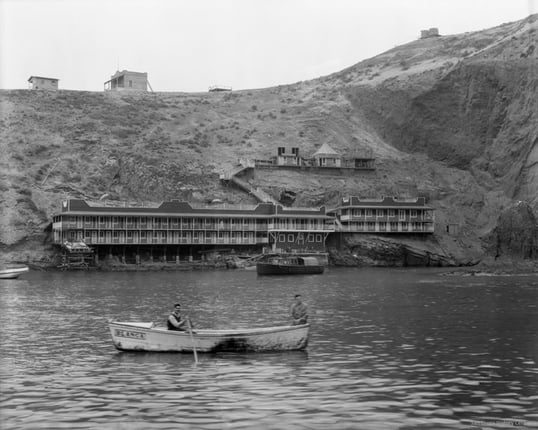
The Coronado Islands Yacht Club. Source: lajollamom.com
Once rumrunning was up and running, a few enterprising gentlemen thought it might be a good idea to go ahead and establish a casino in Smuggler’s Cove, which they called the Coronado Islands Yacht Club. This was the joint venture of an American businessman (Frederick Hamilton) and a Mexican businessman (Mariano Escobedo) who cofounded the Coronado Islands Yacht Club (which I’ll call the CIYC) in 1932.
The CIYC was originally conceived as the San Diego equivalent of the famous gambling boats of Los Angeles, which floated about 3 miles out and housed all sorts of gambling and drinking (you could go down to the harbor and take a water taxi out to the boats - until they were raided and scuttled).
The casino itself was built into the rocky wall of the cove and had two stories of hotel rooms and casino, and speedboats would shuttle guests to and from San Diego. Notable guests included Al Capone and Charlie Chaplin.
But the timing was poor, as prohibition was repealed 6 months after opening and the Mexican government banned gambling another year after that. The owners tried to pivot as a legitimate resort, but nobody felt like heading out there to eat lobster and everyone knew they were still allowing gambling under the table anyways.
The Coronado Islands and L Ron Hubbard
During WWII, a Lt Commander who oversaw a ship in the US Navy named L Ron Hubbard shelled the islands for target practice thinking they were unoccupied. Unfortunately for him, they were occupied by the Mexican Coast Guard. Although it is unclear if anyone was injured, the Mexican government was still rightfully upset and L Ron was relieved of duty, then going on to found the church of Scientology.
After this, a few lonely men and women tried to live on the islands catching and selling lobster, but as there were no amenities or freshwater on the island this was not really sustainable.
Fishing the Coronado Islands
Coronado Islands fishing used to be almost as lawless as the rest of their history, but in 2012 the Mexican government decided to crack down, and now requires more licensing and permits to be able to fish.
The islands were home to an annual yellowtail tournament from 1946 to 1973 known as the Yellowtail Derby. The tournament was massive - one of the biggest of the era - and drew thousands of anglers. There have been a number of attempts to bring back the tournament in recent years.
Today the Coronado Islands are designated as a wildlife refuge by Mexico (aka, everyone stay off), and are guarded, though you are still able to anchor, fish, scuba and snorkel off the coast but need to make sure you have the appropriate permits to do so, especially if you are coming from the US (if you are chartering a boat, your captain will have all the required information and licensing already). You’ll also all need passports when you go to fish the islands.
The fishing itself in the Coronado Islands is like nothing else. Generally speaking, Mexican waters are much less pressured than those even a few miles north, and fishing here means more fish and more bites. The tuna bite in particular is known to last later into the season well after it disappears from San Diego. The islands are perfect for an extended full-day trip of 10-12 hours to really make the most of your time out there. Fishing Coronado you can expect great yellowtail amberjack fishing, good tuna and wahoo bites, and tons of white seabass and calico bass up against the rocks and in the kelp gardens. We recommend booking a charter from San Diego and heading out ASAP.
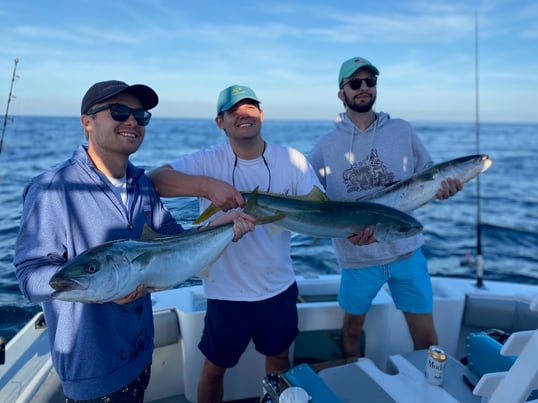
Attison Barnes
Updated on August 3, 2023

January 19, 2021

June 28, 2023
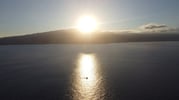
April 26, 2022

November 7, 2023

June 22, 2022
Related Articles
February 11, 2022
July 8, 2022
March 13, 2023
Featured Locations
- Fishing Charters Near Me
- Austin Fishing Guides
- Biloxi Fishing Charters
- Bradenton Fishing Charters
- Cabo San Lucas Fishing Charters
- Cancun Fishing Charters
- Cape Coral Fishing Charters
- Charleston Fishing Charters
- Clearwater Fishing Charters
- Corpus Christi Fishing Charters
- Crystal River Fishing Charters
- Dauphin Island Fishing Charters
- Daytona Beach Fishing Charters
- Destin Fishing Charters
- Fort Lauderdale Fishing Charters
- Fort Myers Fishing Charters
- Fort Walton Beach Fishing Charters
- Galveston Fishing Charters
- Gulf Shores Fishing Charters
- Hatteras Fishing Charters
- Hilton Head Fishing Charters
- Islamorada Fishing Charters
- Jacksonville Fishing Charters
- Jupiter Fishing Charters
- Key Largo Fishing Charters
- Key West Fishing Charters
- Kona Fishing Charters
- Lakeside Marblehead Fishing Charters
- Marathon Fishing Charters
- Marco Island Fishing Charters
- Miami Fishing Charters
- Montauk Fishing Charters
- Morehead City Fishing Charters
- Naples Fishing Charters
- New Orleans Fishing Charters
- New Smyrna Beach Fishing Charters
- Ocean City Fishing Charters
- Orange Beach Fishing Charters
- Panama City Beach Fishing Charters
- Pensacola Fishing Charters
- Pompano Beach Fishing Charters
- Port Aransas Fishing Charters
- Port Orange Fishing Charters
- Rockport Fishing Charters
- San Diego Fishing Charters
- San Juan Fishing Charters
- Sarasota Fishing Charters
- South Padre Island Fishing Charters
- St. Augustine Fishing Charters
- St. Petersburg Fishing Charters
- Tampa Fishing Charters
- Tarpon Springs Fishing Charters
- Venice Fishing Charters
- Virginia Beach Fishing Charters
- West Palm Beach Fishing Charters
- Wilmington Fishing Charters
- Wrightsville Beach Fishing Charters


